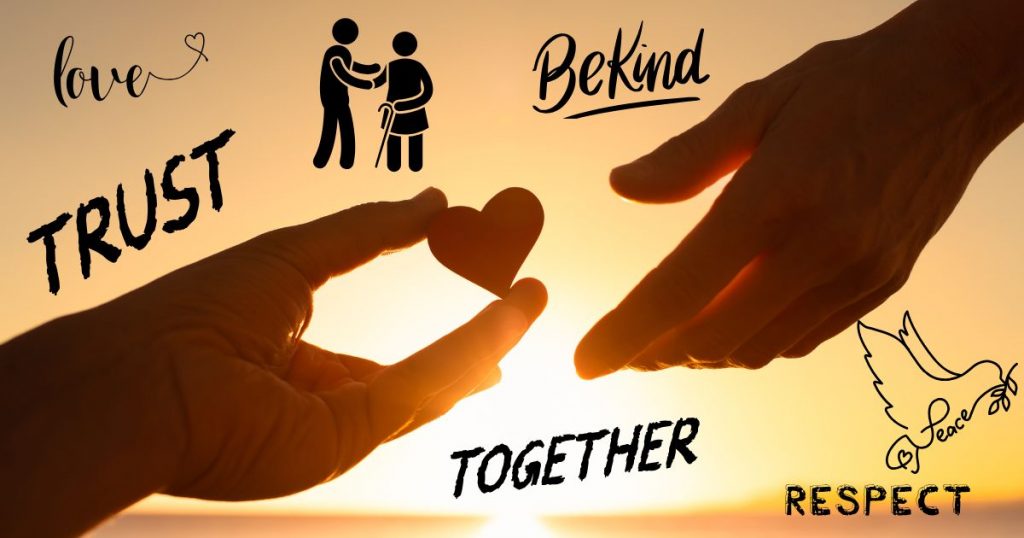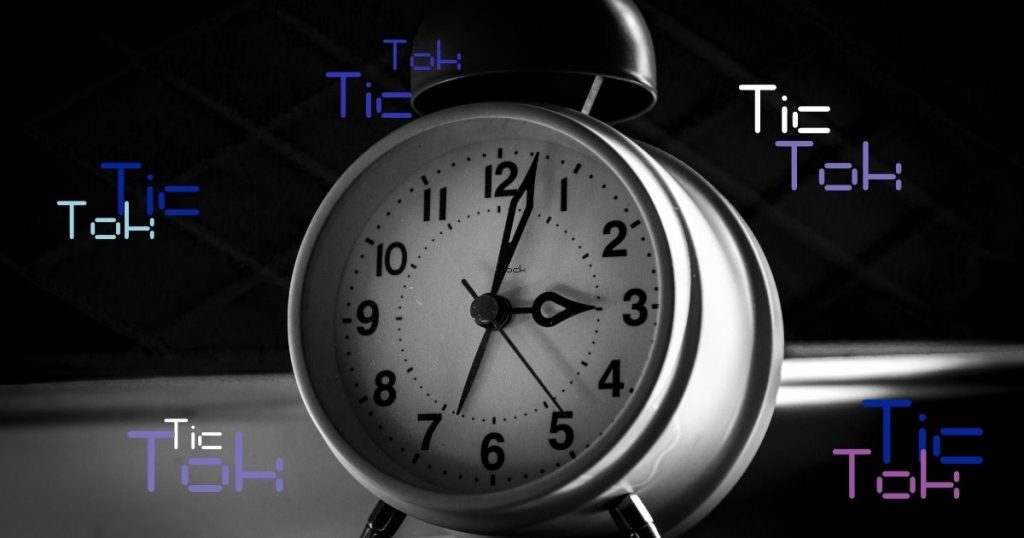“It does not matter how slowly you go as long as you do not stop.” Confucius Everyone needs encouragement. It’s difficult to feel like you are the only one cheering yourself on. Success, in reality, is a group effort. With perseverance and guidance, you can figure it out. You can surprise yourself and achieve more than you ever thought possible. The path of life is full of twists and turns, challenges arise and even danger. But then, when you least expect it, a course correction. And you can see a way ahead again. The Mule Train is a true story, and a metaphor of life. Only the names have been changed, except for mine, I am Mule #16. We are here to help you find your way again too. The candy-ribbon like road wound its’ way as far as the eye could see. Bending and twisting, it curved and stretched downward four miles to Indian Gardens. We were itching to get moving. Twenty-eight of us young women who moments earlier had stumbled out of three borrowed campers where we had stuffed ourselves into tight spaces, like green olives in a jar, surrounded by pots and pans, food for the weekend, sleeping bags, and guitars for the long ride from LA to AZ. Destiny: The Grand Canyon. Dressed in assorted colorful outfits we looked something akin to a gypsy caravan. All we were missing were dead chickens hanging upside down in the campers. And maybe some tambourines. We had quickly set up camp, (that is, sleeping bags thrown on the ground) and we were ready for adventure! Now we stood, eyeing the road that stretched ahead, walled in by centuries of red clay like mountains. Who wants to go hiking? Fifteen hands cut through the air. “Okay, let’s go!” said the self-appointed gypsy in charge. That afternoon, we began the long trek down the trail toward Indian Gardens, cavorting like mountain goats in Spring. We stopped along the way so this one could take pictures, and that one could point out the layers of red clay marking the centuries in the rocky hillside, and to follow the instructions of that one, into yoga, who instructed us to stretch our necks and arms upwards…eyes meanwhile took in how far we had walked. Pretty impressive. We sang and whistled as we rounded one bend in the road, and then the other. As we curled around yet one more bend in the road, we met a mule-train coming back up the trail. “Hey!” the mule-train leader hollered. “What are you girls doing? It’s too late to go much further. If you keep going, we’ll have to send helicopters in to get you. Once it’s dark, you can’t see anything!” The mules plodded by, swaying back and forth with their load of tired explorers. We watched them pass. “Okay, let’s keep on going,” said the fearless leader. Now we walked in earnest, determined to reach the bottom. No mule train leader was going to tell us we couldn’t make it! Finally, there it was, like a true Oasis in the desert. Indian Gardens. Green grass, a little caregiver cottage, and the river off in the near distance. No time to see the river. We drank long drinks from the water faucet set on the edge of the lawn. We stuck our heads in the spigot, and shook our hair like dogs. Streaks of red valleys, like flowing lava, ran down our faces. Ten minutes later, our gypsy in charge called us to reassemble. “It’s time to go.” The road up seemed much longer. Much. And much more challenging. Up always seems more daunting then down…. This time, we fell into a single line, one behind the other. We tackled the first turn in the switchback road. Determination and red dirt-turned-mud creased our faces. We put one foot deliberately in front of the other. Uphill all the way. We moved slowly and steadily, every now and then counting off our newly assigned nick names to make sure everyone was still there. “Mule #1,” “Here.” “Mule #2,” “Here!” “ Mule #3” ,…… down to Mule#16. That was me. Of course. No hiker but a joiner. Last still gets there. Behind us, out from nowhere it seemed, two young male hikers, with backpacks and hiking boots, passed us. They moved swiftly, shouting their hellos as they raced by. “We’ve been camping at the Colorado River for the last week,” they shouted with pride in their voices. We helloed back, and kept plodding along. One foot in front of the other. Slowly and steadily. As we turned another bend there were our camper friends, sprawled on the side of the road, gasping for air. “How’s it going?” we said as we walked by. Seeing us, they jumped to their feet and passed us again. We kept plodding along. One foot in front of the other. Slowly and steadily. Our friends were way ahead of us now, speeding along and as they rounded another bend, were out of sight. We counted off: “Mule #1, Mule #2, Mule #3…..Mule#16.” Did I say that was me? Rounding the next bend, there they were, these young brave adventures, sprawled out, quite collapsed in the middle of the road. We ourselves were winded as much as a hot air balloon being deflated, but we weren’t about to let them know. We barely managed to puff out a “Hello” as casually as we could sound while gasping for air. We stood up a little straighter, and waved as we passed them. We kept plodding along. One foot in front of the other. Slowly and steadily. Half way there. The sun had begun its’ descent. Time was running out. “Count down” wheezed the gypsy in charge: “Mule #1, Mule #2, Mule#3…..Mule #16. (Me.) Then from behind, ”Mule #17, Mule #18.” Our young friends decided to hitch their wagon up to this slow but steady mule train. The sounds of breathing replaced










